From wild design innovations to mistakes and creative advertising methods, we’ve seen some wild kit faux pas over the years.
There has been plenty of innovation and revolution in the world of football kit design. Today’s landscape of intricate design and advanced materials is worlds away from the early days of simple single color kits.
But while some design evolutions have led to undeniable and game-changing classics, others have fell flat on their face. Taking risks is a big part of design, and it doesn’t always work out for the best. While we love to celebrate the former, it’s sometimes important to take a step back and examine the latter — some of which have even gained cult status and have become widely sought after years later.
In that spirit, let’s dive into some creative faux pas and mistakes seen in football kits over the years.
Cameroon Sleeveless Kit, 2002
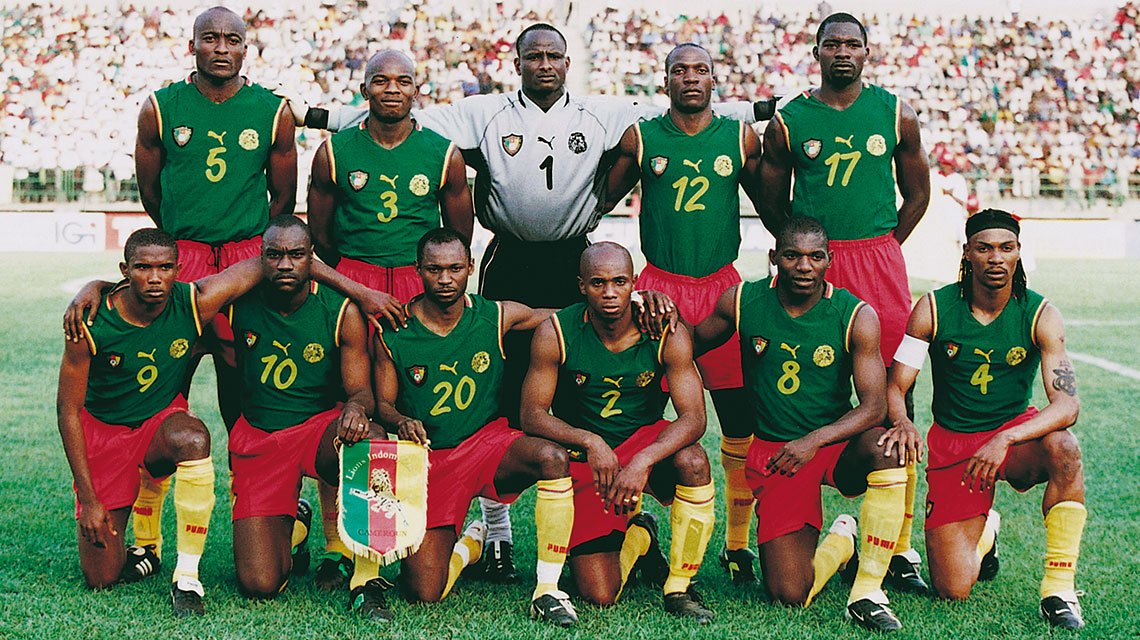
Manufacturer: PUMA
adidas used to own the football kit scene in Africa in the late ’80s and early ’90s until PUMA entered the fray. The fellow German brand partnered up with Cameroon in 1998, who had one of the strongest teams on the continent at the time.
After an initial set of pretty standard garb, PUMA tested the waters in 2002 with an incredibly unique design choice: sleeveless kits.
The design generated a lot of attention and conversation across the globe, and the exact purpose of the innovation, aside from shock value, was vastly speculated upon. Popular reasons included more ventilation to keep players cooler, as well as a way to limit jersey tugging from opponents.
Whatever the reasoning for the wild design, FIFA wasn’t having it. After Cameroon debuted the kits in the 2002 AFCON, the global governing body informed the Cameroonian FA that the sleeveless jerseys would not be welcome at the upcoming World Cup. PUMA would have to release another design, but despite the initial outrage, the sleeveless kits are looked upon fondly by many today.
Cameroon One-Piece Kit, 2004
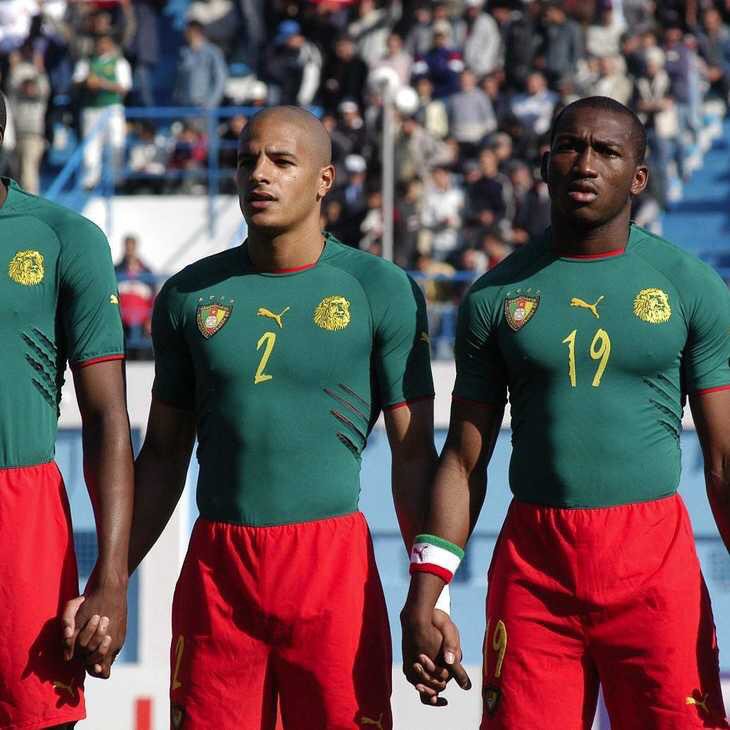
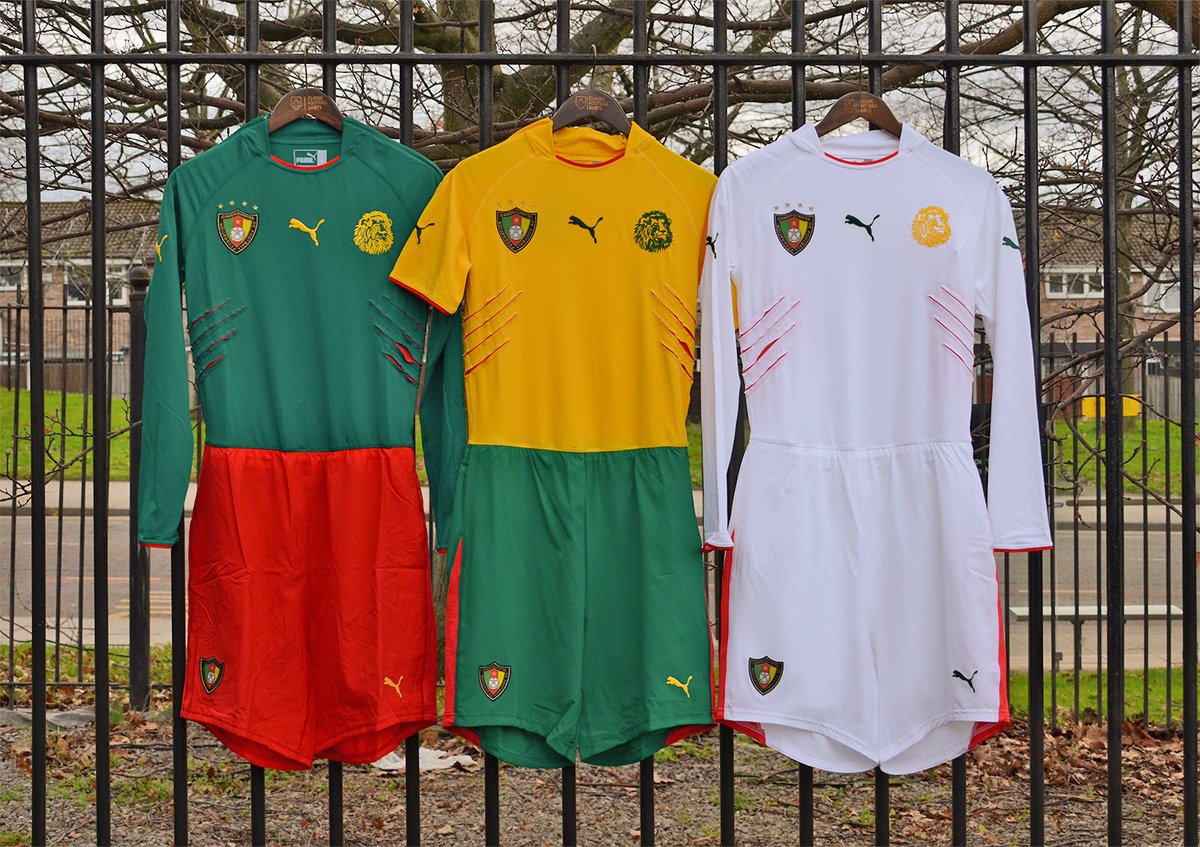
Manufacturer: PUMA
As if the sleeveless jerseys weren’t bold enough, PUMA decided to follow that up with an even wilder all-in-one kit just two years later. The jersey top and shorts were sewn together at the waist, making it more like a swimsuit than a football kit.
The design was released in time for AFCON 2004 in Tunisia, and the team used it for the group stage, which it easily advanced out of into the quarters. However, when FIFA got wind of it, the kits were immediately banned and the team was warned not to wear them in its subsequent games at the tournament. PUMA countered by claiming that it simply would not be able to produce a re-vamped kit within the space of a week – leading the Lions to throw caution to the wind and wear the strip again during their 2-1 quarterfinal defeat against Nigeria. What a wild time.
Coventry City 1981-83 Home “Talbot”
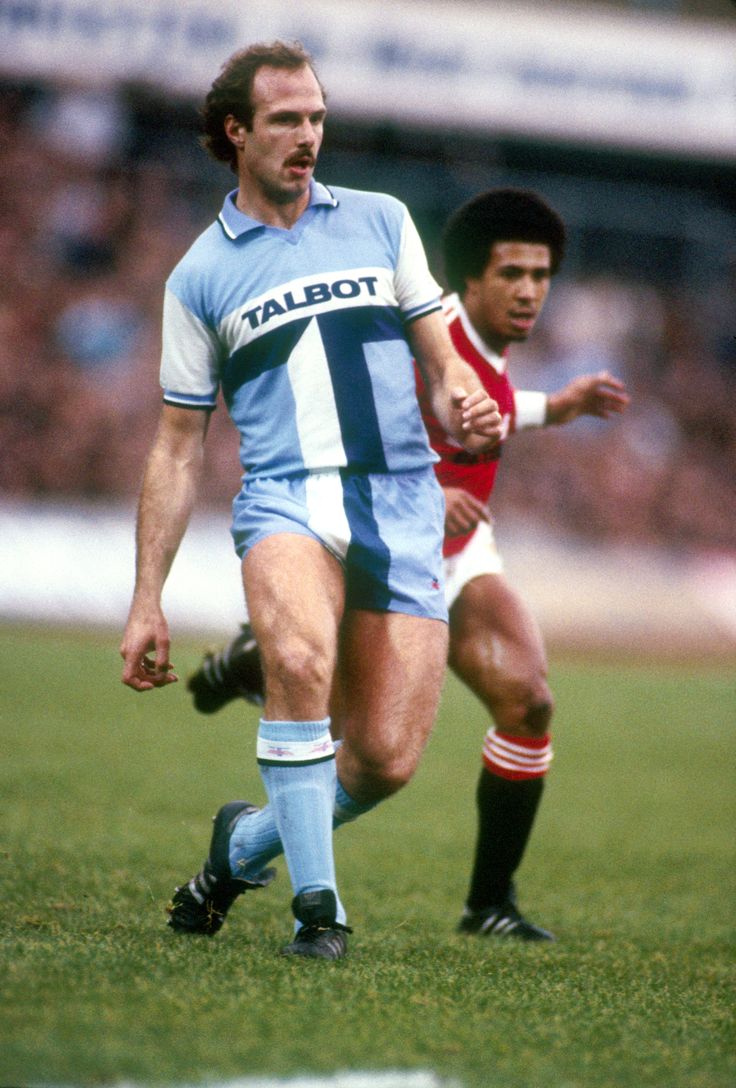
Manufacturer: Talbot Sports
Before Manchester United could broker the biggest shirt sponsorship deal in football history with Team Viewer, it was Coventry City FC that had the first of such deals in England with Talbot Motor Group. The carmaker wanted to push the awareness of their brand, and found a perfect partner in a football club.
However, football shirts were not allowed to have sponsor logos at the time, which caused the FA to ban the kits from being worn during televised matches. Coventry City would have to wear a different sponsor-less shirt when the TV crews rolled up, but they’d keep the cutting edge design with the Talbot logo for games that were off TV. A very innovative and creative concept captured in a football shirt that was famously chided for being more of a business and marketing item, which was seen as very alien in football. How times have changed.
Arsenal 2023-24 Home
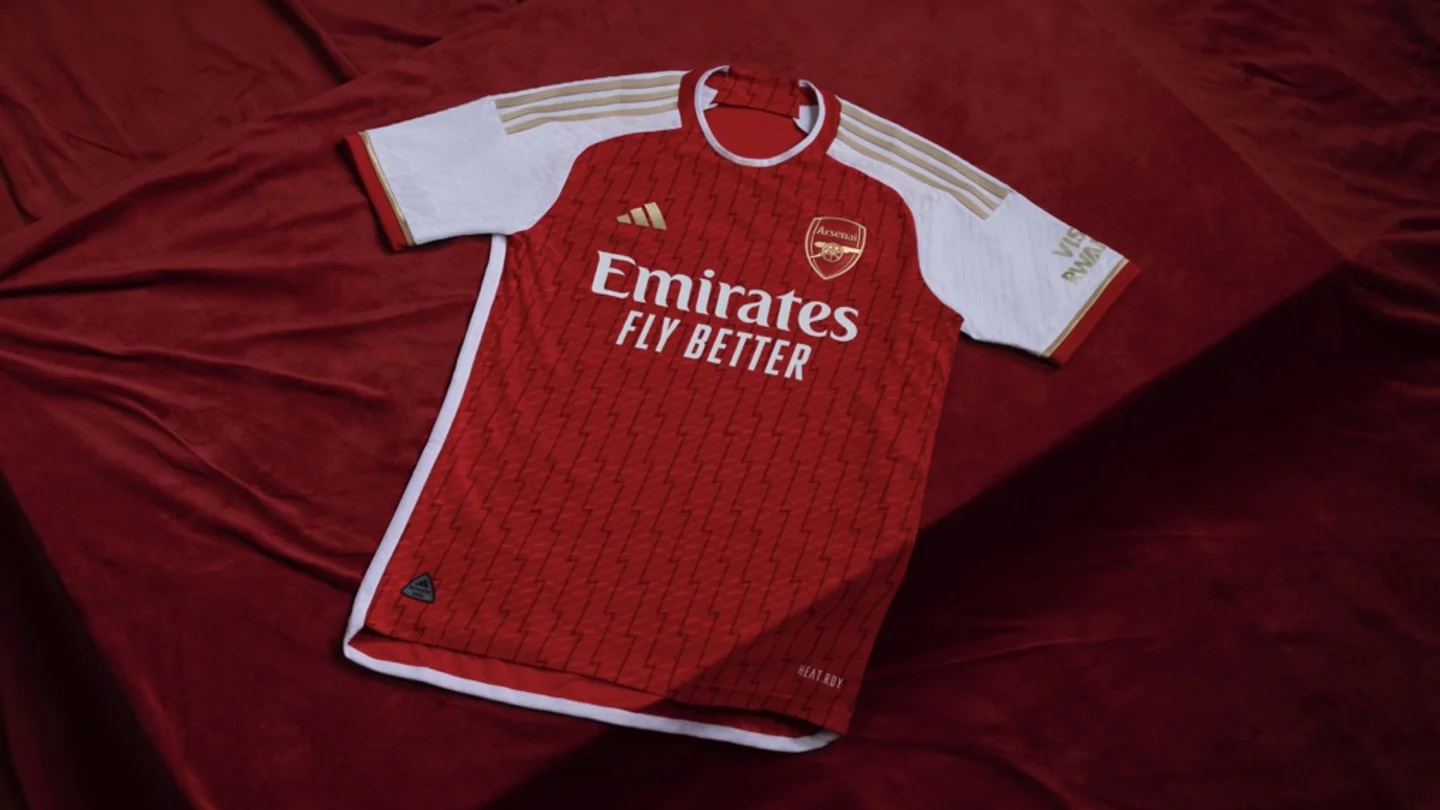
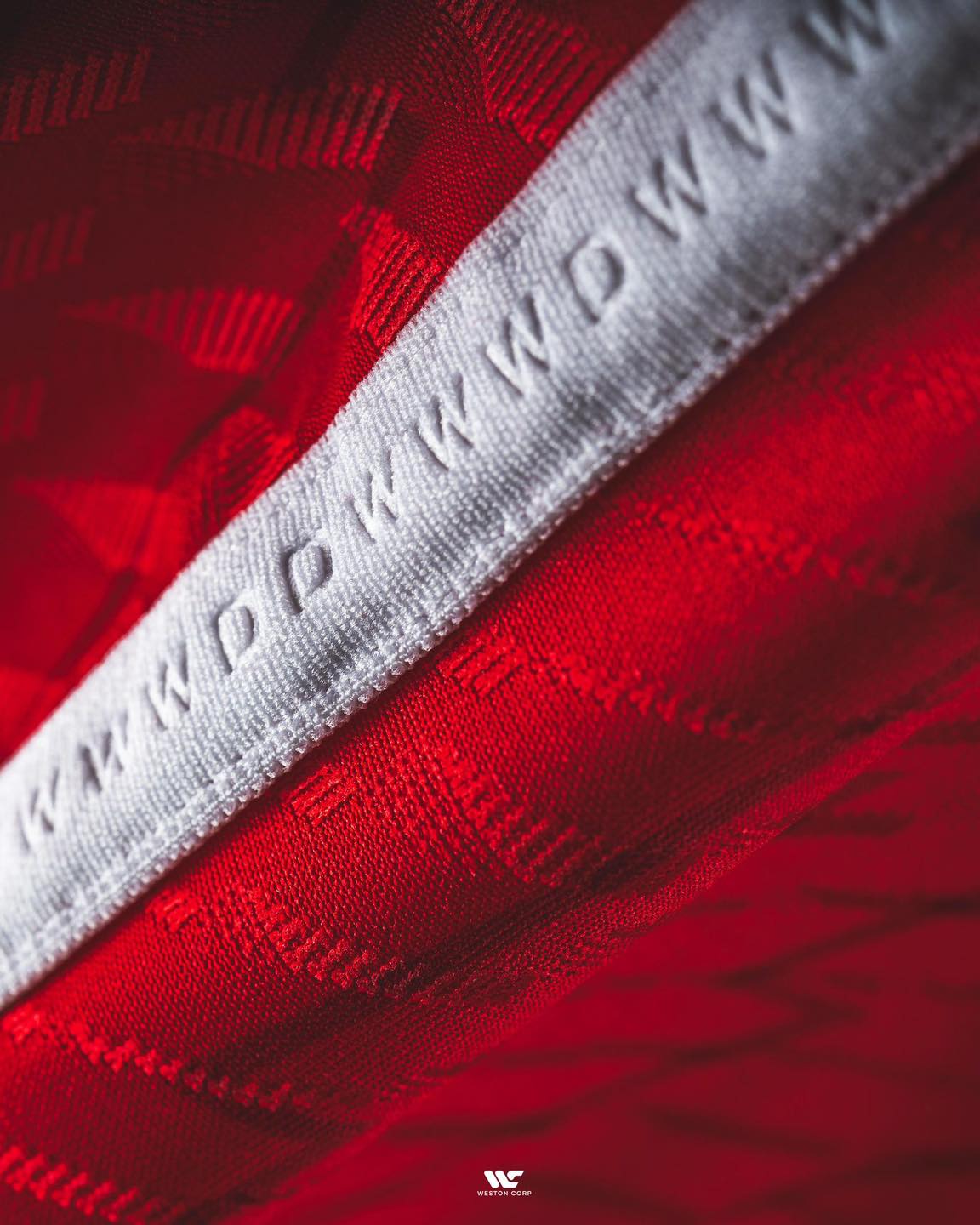
Manufacturer: adidas
English giants Arsenal gave a good account of themselves in the 2022-23 Premier League season, despite agonizingly blowing a lead at the top of the table and eventually finishing in second place. In a bid to up the ante in the 2023-24 season, adidas decided to tap into the club’s invincible campaign from 2004.
The shirt rightly paid homage and served the purpose, but the brand went further by chronologically displaying the number of wins the club chalked during the iconic season. However, after the release, it turned out that the brand made a mistake in displaying the total number of wins, and even omitted some salient bits of that famous feat. adidas would recall the kits to correct the error, but the die had already been cast for what was an embarrassing mistake.
Asante Kotoko 2022-23 Home
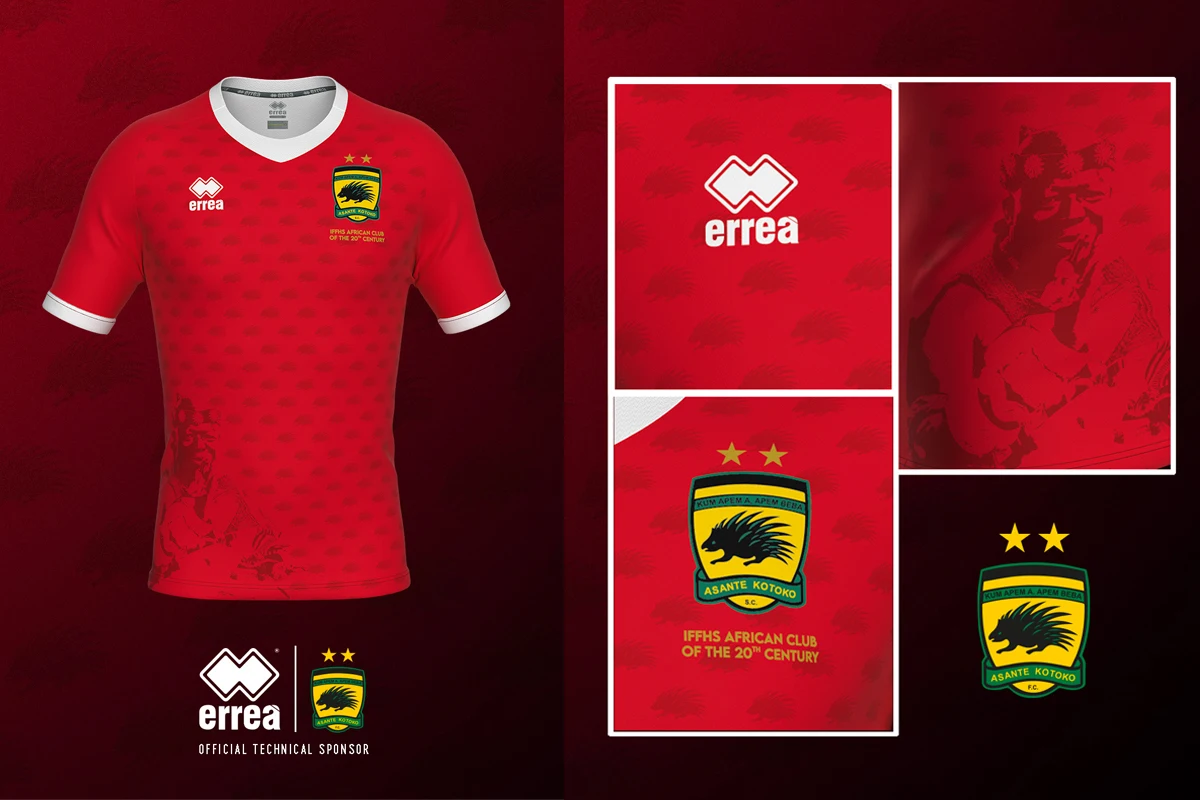
We have after further considerations in collaboration with Errea amended our 2022/23 Kits.
Kum Apem a Apem Beba pic.twitter.com/VwGoWEACku
— Asante Kotoko SC – 2X CAF CL Winners🥇 (@AsanteKotoko_SC) August 4, 2022
Manufacturer: Errea
Little is globally known about Ghanaian side Kumasi Asante Kotoko Sporting Club, but that doesn’t diminish it from being one of the most widely supported clubs in West Africa in addition to the diaspora.
Prior to the 2022-23 season, the club released images of its new kits to be produced by Errea. The kit design put an image of Ashanti King Otumfuo Osei Tutu II, who also doubled as the supreme owner of the football club, on the front of the kit. The design generated a lot of ill feelings, as many felt it was an insensitive choice to put the King’s face on the jersey. As a result, the design was altered, and a new version of the kit without the graphic took its place.
England 2024 Home

Manufacturer: Nike
In the run up to the 2024 EUROs, Nike dropped new kits for its national teams, some being received better than others. England’s was certainly in the latter category, not for the overall design, but however for a singular detail.
On the back of the neck of the home kit is an altered version of the St. George flag, which switches the traditional color of white and red to blue, purple, and various shades of red. Following the release, outrage spread across social media and news outlets, prompting Prime Minister Rishi Sunak and his main political rival Keir Starmer to wade into the matter by calling out Nike for the creative disaster-class.
Nike later responded that the meanings being read into the design were far being taken out of context, and everything associated with the jersey was made to honor the heroes of the 1966 FIFA World Cup win. Whether that’s the truth or not, the storm this minor detail created does seem like it might be blown out of proportion.
Germany 2024 Home

Manufacturer: adidas
adidas also recently dropped new capsules for its partner national teams for the 2024 EUROs in Germany. The brand received many plaudits for the creative work done across the board, however there was one design element that didn’t go over well.
On the Germany home kit, the number set typeface was called into question when it was revealed that the number 44 looks eerily similar to the Nazi SS logo. The fact that it’s the Germany kit made things worse as well, and the oversight led to plenty of ire. As a result, the brand prohibited any fan to order a customized jersey with the number 44, and an alternate design for the number 4 would be put into development.








